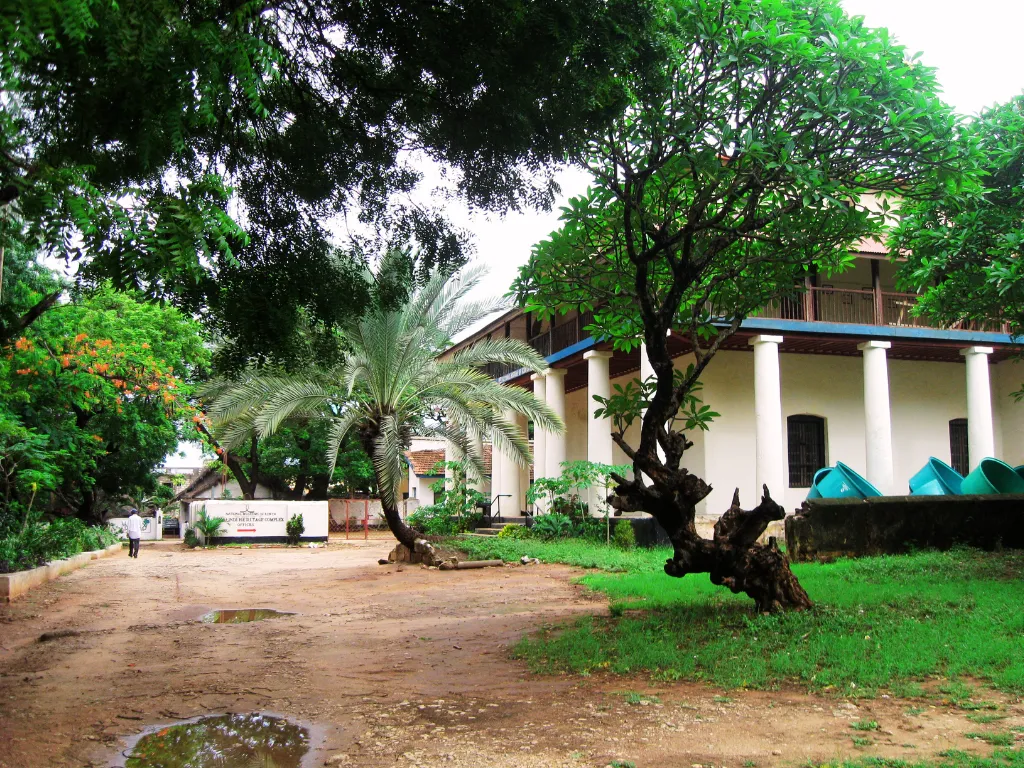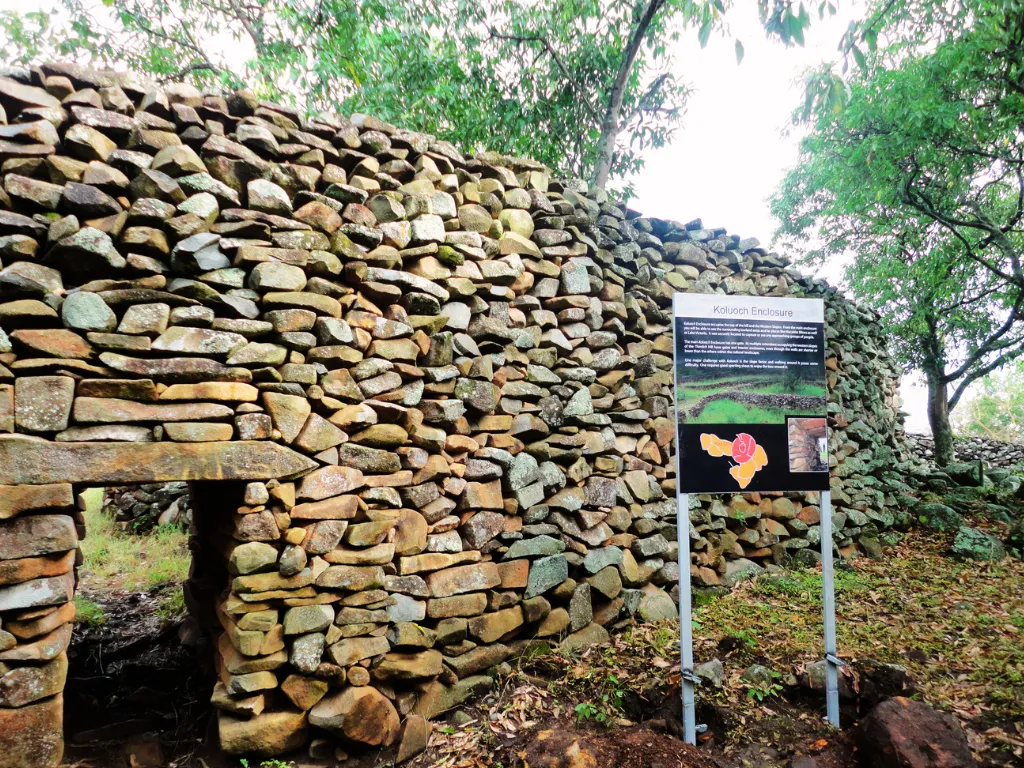

Why Visit? Thimlich Ohinga is a unique stone-walled settlement located in Migori County, approximately 181 km south of Kisumu and 46 km northwest of Migori town, near Macalder Mines. Perched on a gentle slope in Nyanza Province, this extraordinary site has been recognized globally and is listed on the UNESCO World Heritage List.
The name Thimlich Ohinga translates to “a frightening dense forest” in Dholuo, a Nilotic language spoken by the Luo community. The dry-stone structures, known as Ohingni, were built without mortar, using skillfully placed stones ranging from 1.5 to 4.5 metres in height.
Explore the main enclosures of Kochieng, Kakuku, Koketch, and Koluoch
Learn about 16th–20th-century habitation and craftsmanship
Insights into lineage systems, livestock rearing, and traditional rituals
On-site education on universal value and history
The Thimlich Ohinga site dates back over 500 years, with initial construction likely done by Bantu-speaking communities before the arrival of the Luo people. Over time, from the 15th to the 19th centuries, successive groups inhabited and modified the enclosures without compromising the original architecture.
The site’s decline began in the early 20th century, leading to the abandonment of most Ohingni. Thimlich Ohinga remains one of the few that survived and preserved its original form. Research by the National Museums of Kenya (NMK) began in the 1980s, and the site was gazetted as a National Monument in 1981.
The site comprises four large enclosures: Kochieng, Kakuku, Koketch, and Koluoch. These massive dry-stone walls represent:
Criterion (iii): Exceptional testimony to communal settlement and spatial organization
Criterion (iv): Outstanding example of undressed dry-stone construction typology
Criterion (v): Best preserved example of Ohingni pastoral settlements
The construction follows a three-phase wall design, involving separately built inner and outer walls joined by a middle phase for stability. The stones interlock to create structural integrity without mortar.
The integrity of Thimlich Ohinga is evident in its original layout, buttresses, kraals (animal enclosures), and drainage systems. Though partially restored, the site retains authentic construction techniques, and traditional conservation practices continue today.
Managed by the National Museums of Kenya and governed by the National Museums and Heritage Act, Cap 216 of 2006, Thimlich Ohinga also benefits from community-based protection rooted in cultural taboos and local stewardship. A Management Plan (2017–2027) ensures controlled tourism and sustainable site use.
Future plans include:
Camping grounds
Nature trails & eco-lodge development
Community engagement in conservation and ritual practices
Opening Hours: Daily, 8:00 AM – 6:00 PM
Location: Migori County, accessible via Kisii–Migori road and local access roads to Macalder
Accessibility: Suitable for both private vehicles and guided tours
Camping: Rustic campsites within view of the ancient walls
Nature Walks: Explore the site’s natural and cultural landscapes
Bird Watching: Home to diverse species in a preserved ecosystem
Best Time to Visit: Dry season (June–October) for easier access
Footwear: Sturdy walking shoes for stony terrain
Combine With: Nearby attractions like Ruma National Park, Gogo Falls, and Macalder Mines
Heritage Impact: Future tourism development will require impact assessments
Curator: Kelvin Saitoti
Mobile: +254 728 501 039
Email: kevinsaitoti@rockmail.com
Discover a legacy of community, defense, and innovation at Thimlich Ohinga—where East Africa’s ancestral engineering comes to life.
The National Museums of Kenya (NMK), established under the Museums and Heritage Act (2006), is a multi-disciplinary institution dedicated to collecting, preserving, researching, and presenting Kenya’s cultural and natural heritage.
Sign up to our newsletter